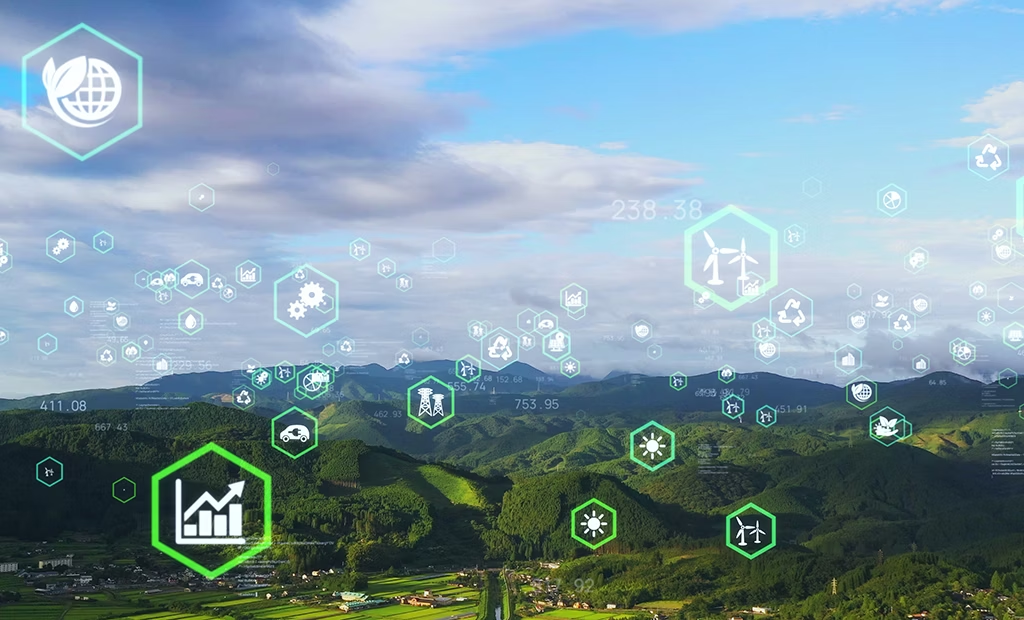When It Comes to the Data Center, Performance and Density Rule the Day at OCP Summit


The 2023 Open Compute Project Summit was a terrific opportunity to catch up on data requirements from the hyperscalers and to see how their infrastructure targets may impact broader market trends. The central focus of this year’s conference was on enabling AI, and the massive demand on infrastructure from generative AI models permeated every discussion from liquid cooling to logic performance scaling, to, you guessed it, data management.
Storage and AI in the data center
Solidigm engineers have been tracking the demands of AI for some time and understand that AI training and inference clusters require the low latency and high performance of SSD technology. The recent introduction of the Solidigm D7-P5810 SSD offers up to 1.6TB data storage in high performance SLC NAND for write intensive applications found in AI training clusters and other workloads including HPC, caching, and high frequency trading. [1]
High performance D7-P5810 SSDs work well in combination with higher density SSDs such as the Solidigm D5-P5336. These drives together are ideal for AI ingest requirements and the broader AI/ML data pipelines.
Storage and sustainability in the data center
We also heard a lot about sustainability at OCP Summit, and about how their first year of sustainability initiatives are making progress towards standards and best practices for data center advancement. While much of the attention has been paid to power-hungry logic processors, growing interest in sustainable storage design has focused on a move from spinning disk hard disk drives (HDDs) to SSD-centric storage tiering for the energy efficiency advancements of NAND-based memory solutions.
Here at Solidigm, we have introduced the world’s most dense storage solutions that are perfectly matched with customer efficiency requirements. Earlier this year, we introduced the industry’s densest PCIe storage drive with the launch of the Solidigm D5-P5336, with storage capacity of up to 61.44TB and utilizing our 192-layer QLC technology. [2] We have optimized the performance of this drive to compete with comparative TLC technology and are delivering this with a variety of interfaces to meet customer needs, including E1.L ruler and U.2 formats.
This density delivers more storage per watt of power consumed with high resiliency representing a terrific high-capacity storage solution that also provides a path for migration from spinning disk to power sipping SSD alternatives.
Solidigm SSDs deliver: From the data center to the edge
SSD portfolio positions at Solidigm meet customer requirements from data center to edge storage; and from hyperscaler to mainstream enterprise. To learn more about our innovation, listen to the recent TechArena podcast where we shared details of these new product entries to the marketplace and discussed how the market has responded to these solutions. To find details about the Solidigm SSD portfolio and to engage with our team, please visit www.solidigm.com.
Notes
[1] Solidigm D7-P5810 Product Brief
[2] Solidigm D5-P5336 Product Brief
About the Author
Jeniece Wnorowski, Product Marketing Manager at Solidigm, has over 14 years of experience in data center storage solutions. Jeniece got her start in technical marketing at Intel Corporation, then joined Solidigm where she continues to evangelize data center SSD innovations with a variety of companies and partners. Outside of work, Jeniece enjoys spending time with her kids, training for jiu jitsu, and exploring the outdoors.